Amplifiers Guide
Power output
Power output refers to the amount of electrical power an amplifier can deliver to the speakers and is measured in watts. The power output determines the volume and clarity of sound that can be achieved. Different types of speakers require different power levels, so it is important to match the amplifier’s output power to the speakers' requirements.
In the market, amplifiers can be categorized based on their power output levels. For smaller setups, a low-power amplifier like the Audioengine N22 Desktop Audio Amplifier with 22 watts per channel can perfectly accommodate bookshelf-sized speakers, delivering rich and crisp sound. For medium-sized setups, a mid-power amplifier like the Yamaha A-S501 Integrated Amplifier offers 85 watts per channel, making it suitable for floor-standing or bigger bookshelf speakers. For large and powerful setups, a high-power amplifier like the Marantz MM7055 Power Amplifier delivers a staggering 140 watts per channel, capable of driving demanding speakers to their fullest potential.
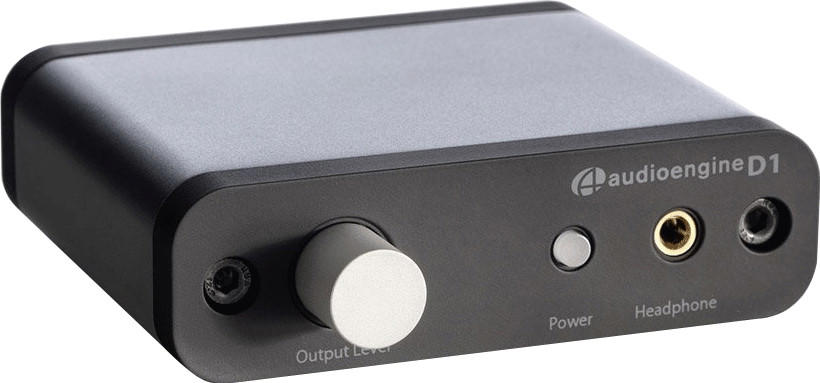
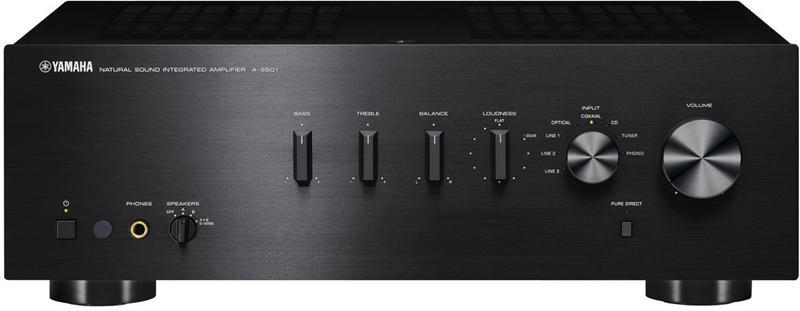
Number of channels
For example, if you're looking for a basic stereo setup for your home entertainment system, a 2-channel amplifier like the Yamaha A-S301BL or the Sony STRDH190 would be an ideal choice. These amplifiers provide two separate channels, allowing you to connect two speakers for a comprehensive stereo experience.
On the other hand, if you're aiming for a more immersive surround sound experience, you might want to consider a multi-channel amplifier. These amplifiers are designed to power between 5 and 13 speakers, creating a truly dynamic surround sound environment. Notable multi-channel amplifiers include the Denon AVR-X4500H, which supports up to 11.2 channels and offers 125 watts of power per channel, and the Onkyo TX-RZ840, which supports 9.2 channels and features 120 watts of power. If you're looking for a budget-friendly option, the Pioneer VSX-534 provides 5.2 channels and offers 140 watts per channel. Ultimately, the number of channels you choose will depend on your audio setup and the level of immersion you desire.
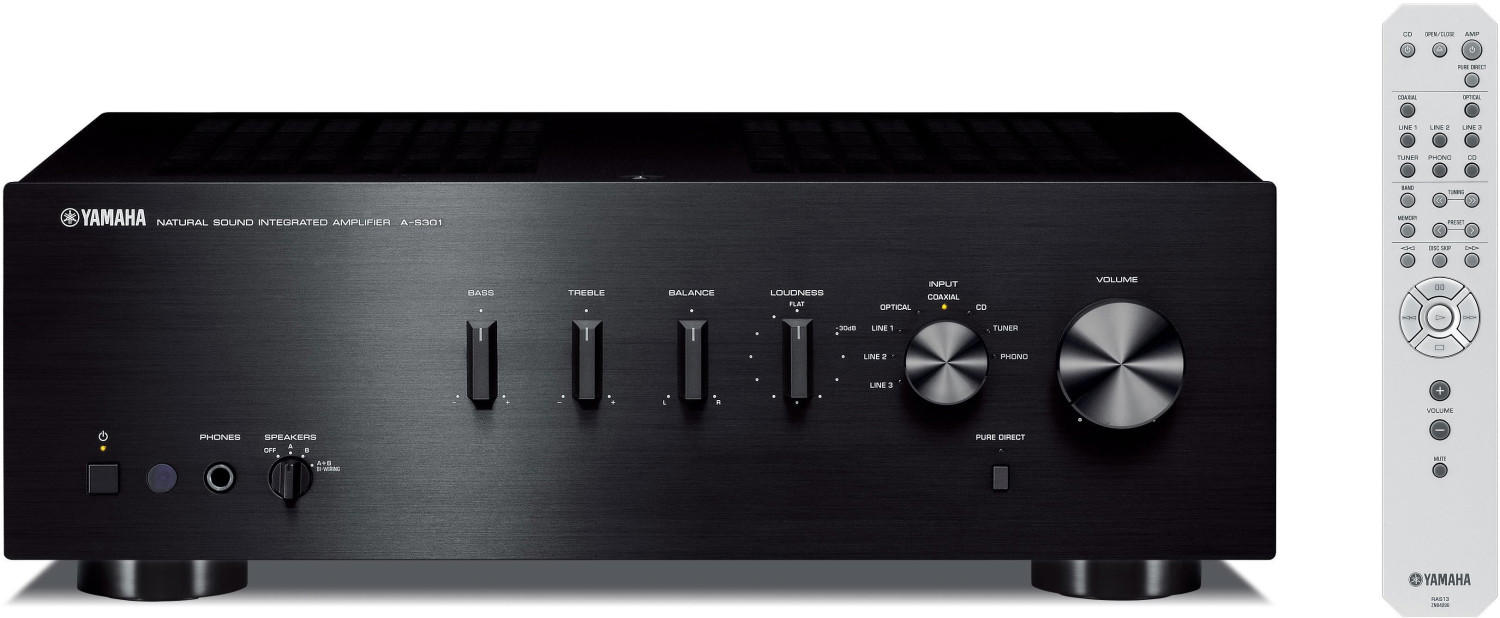

Frequency range
One of the key factors to consider when choosing an amplifier is the frequency range. The frequency range refers to the range of frequencies that the amplifier can amplify effectively. It is crucial to select an amplifier that matches the specific application or audio source to ensure optimal performance.
For audio enthusiasts and professionals working in recording studios, the Crown XLS1502 Two-channel Power Amplifier is a top choice. It effortlessly handles frequencies in a wide range from 20 Hz to 20 kHz, making it ideal for audio production and playback. Additionally, for those looking for a high-quality yet affordable option for home use, the Yamaha R-N303BL Stereo Receiver offers a frequency response from 10 Hz to 100 kHz, providing clear sound reproduction across a broad spectrum. Whether you're a professional or an avid music lover, selecting an amplifier with the appropriate frequency range ensures that you'll enjoy a reliable and rich audio experience.

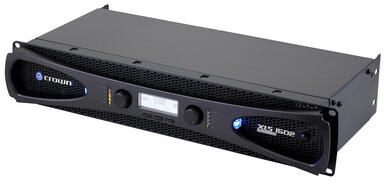

Signal-to-noise ratio
In simple terms, the SNR represents the quality of the audio signal compared to the level of background noise. A higher SNR indicates a better audio performance with less background noise.
For audiophiles and professionals seeking top-quality sound reproduction, amplifiers with a high SNR are essential. One example of such an amplifier is the Yamaha A-S801. This amplifier boasts an impressive SNR of 110 dB, delivering exceptional audio clarity. With its advanced circuitry and high-quality components, it ensures a crisp and detailed sound with minimal interference from noise. A more budget-friendly option is the Denon PMA-600NE, which has a respectable SNR of 98 dB. Although not as high as the Yamaha A-S801, it still provides a satisfactory level of audio fidelity without breaking the bank. These amplifiers showcase the significance of the Signal-to-noise ratio in choosing the right product for your audio needs.
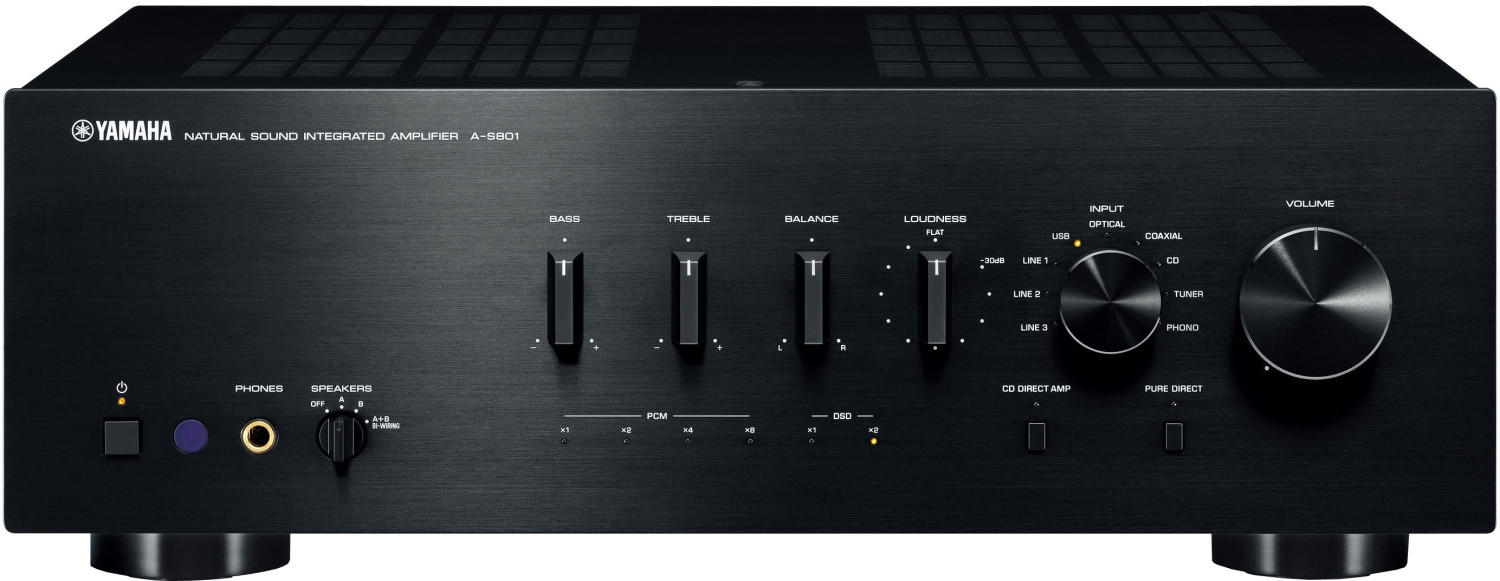

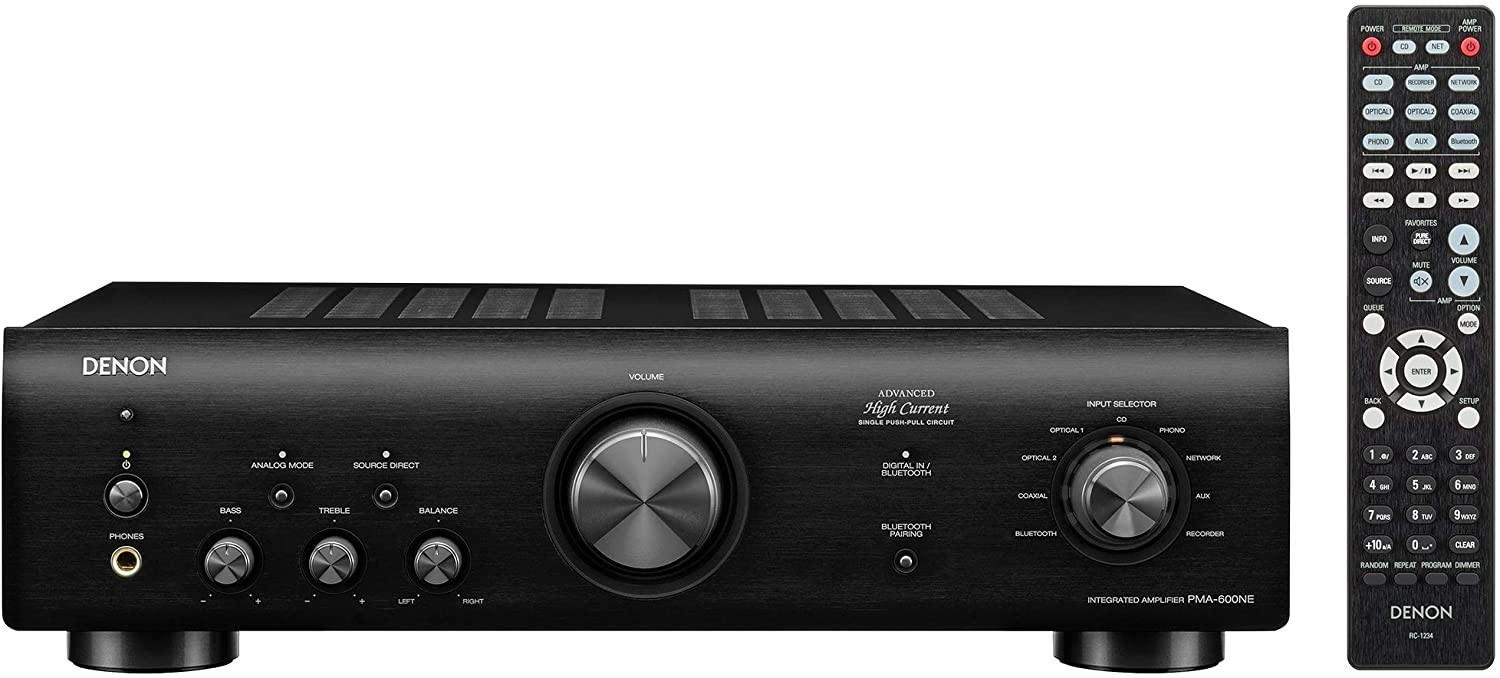

Total harmonic distortion
THD measures the distortion that is added to an audio signal during amplification. A lower THD value indicates that the amplifier produces a more accurate and clean sound, while a higher THD value can result in a more distorted and less accurate sound reproduction.
In the market, there are different groups of amplifiers that cater to different purposes. Home theater amplifiers, such as the Denon AVR-X8500H, are designed to deliver high-quality audio for immersive movie and music experiences. They typically have a low THD below 0.05% to ensure a clear and accurate sound reproduction.
If you're looking for a portable amplifier for outdoor events or small venues, the Behringer EPQ304 may be a suitable option. It belongs to the lightweight power amplifier segment and offers low THD values of less than 0.01% for optimal audio performance.
For professional audio applications, such as live concerts and recording studios, the Crown XLS2502 falls under the professional power amplifier segment. It provides a combination of low THD values, typically below 0.5%, along with high power output to deliver exceptional audio quality.


Remember, when choosing an amplifier, ensuring a low Total harmonic distortion is crucial to achieve a more accurate and detailed sound reproduction.
Impedance matching
Impedance refers to the electrical resistance that an amplifier output sees, and it is often measured in ohms. To ensure optimal performance and avoid any potential damage to your equipment, it is crucial to choose an amplifier that matches the impedance of your speakers or headphones.
In the realm of headphone amplifiers, products like the Schiit Magni 3+ or the Neve RNHP are excellent options worth considering. These amplifiers offer a low output impedance, ensuring efficient power transfer to your headphones and preventing any frequency alterations caused by impedance mismatches. On the other hand, in the world of speaker amplifiers, products like the NAD C 368 or the Denon AVR-S750H provide impedance matching capabilities and deliver ample power to drive your speakers without causing overheating or distortion. Always refer to the specifications of these amplifiers, where the output impedance should be clearly stated to determine their compatibility with your speakers or headphones.


Input options (phono, auxiliary, USB, Bluetooth)
Different input options allow you to connect various devices such as turntables, smartphones, and computers to your amplifier.
If you're a vinyl enthusiast and would like to connect a turntable, look for amplifiers with a phono input. For example, the Cambridge Audio AXA35 amplifier offers a built-in phono stage, allowing you to directly connect your turntable without the need for an external phono preamp.
On the other hand, if you prefer versatility and the flexibility to connect multiple devices, amplifiers with auxiliary, USB, and Bluetooth inputs are ideal. The Yamaha A-S701 amplifier, for instance, features an auxiliary input to connect smartphones or portable music players, a USB input for connecting a computer or playing music directly from a USB drive, and Bluetooth connectivity for wireless audio streaming.
It's worth noting that there are also amplifiers specifically designed for home theater setups, with options for connecting multiple audio and video sources. These amplifiers, such as the Denon AVR-X2600H, come with various input options like HDMI, optical, and coaxial connections to accommodate different devices like game consoles, Blu-ray players, and set-top boxes.

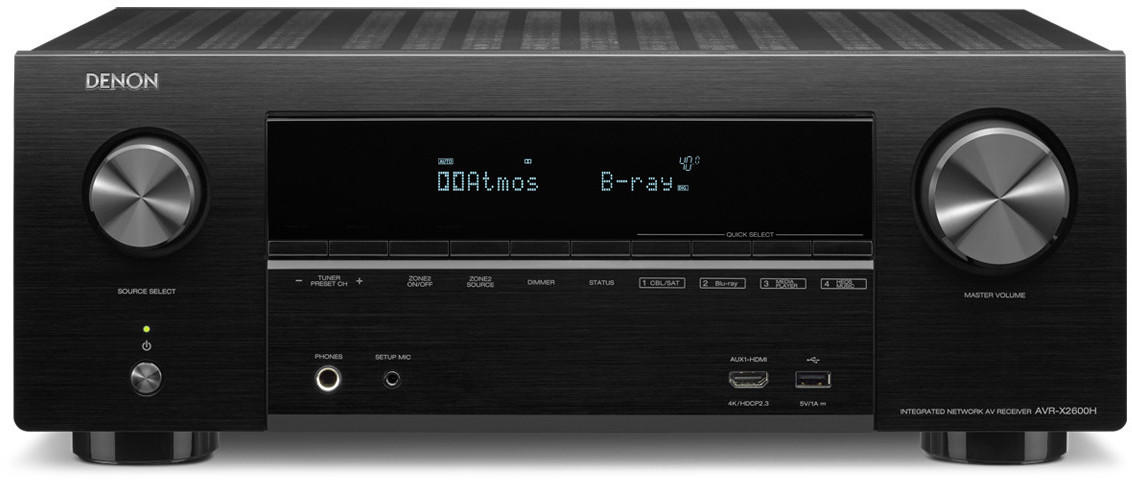
Consider your specific needs and the devices you want to connect when choosing an amplifier with the right input options for you.
Output options (speaker terminals, subwoofer pre-outs)
Speaker terminals and subwoofer pre-outs are the two main options to look for when selecting an amplifier.
For speaker terminals, it is crucial to consider the compatibility with your speakers. Ideally, an amplifier should have a variety of speaker terminals to accommodate different types of speakers. For instance, the Yamaha R-S202BL Stereo Receiver features banana plug-compatible speaker terminals, providing a secure and easy connection for a smooth audio experience.
In terms of subwoofer pre-outs, these outputs are specifically designed for connecting a powered subwoofer. This allows for enhanced low-frequency range and deep bass reproduction. For example, the Denon AVR-S750H Receiver is equipped with subwoofer pre-outs that enable you to augment your audio setup with a powered subwoofer, delivering a fuller sound and an immersive audio experience.
It's worth noting that there are various types of amplifiers on the market, and they can be categorized into different groups based on their output options. In the entry-level segment, amplifiers like the Onkyo TX-8020 Stereo Receiver and the Yamaha RX-385 5.1-Channel AV Receiver offer basic speaker terminals and subwoofer pre-outs suitable for smaller setups. Moving up to the mid-range, products like the Denon AVR-X3600H 9.2-Channel Receiver provide advanced speaker terminals and subwoofer pre-outs for a more demanding and versatile setup. Ultimately, understanding and considering the output options in an amplifier is essential for achieving the best audio performance.

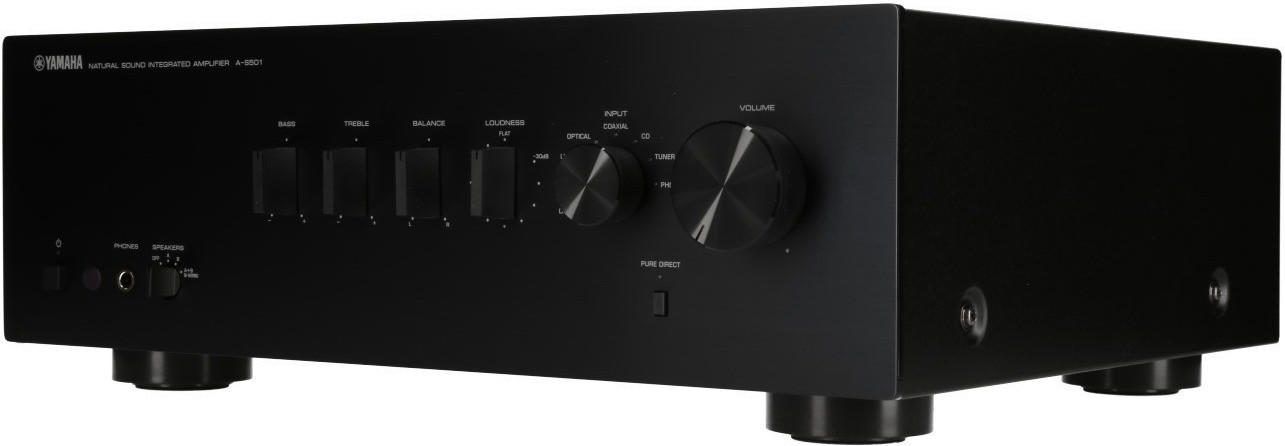
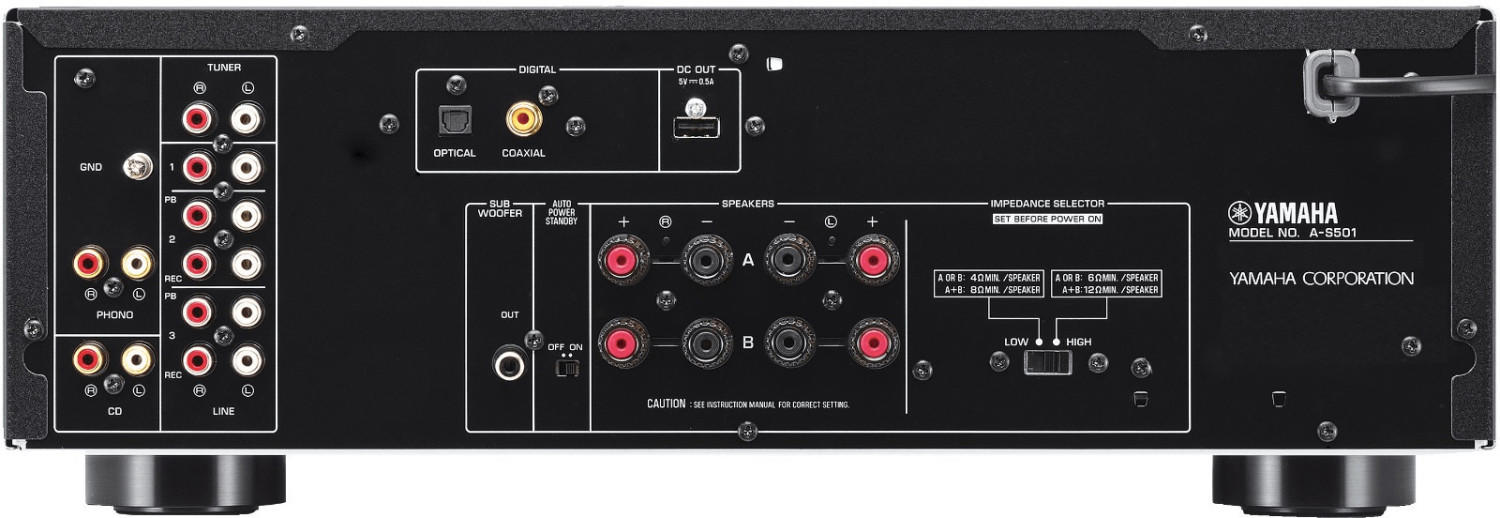
Equalizer controls (bass, treble, balance)
These controls allow you to fine-tune your audio experience by adjusting the bass, treble, and balance. For bass control, look for amplifiers that offer a wide frequency response, such as the Sony STR-DH790, which boasts a frequency range of 10Hz to 100kHz. If treble control is important to you, consider amplifiers like the Denon AVR-X2700H, which offers a wide dynamic range and supports high-resolution audio formats for crisp and detailed sound. The Marantz PM6007 is an excellent choice if balance control is a priority, as it features a balance knob to precisely adjust the audio output between the left and right channels. Regardless of your specific needs, the Equalizer controls on these amplifiers allow you to tailor the sound to your liking and elevate your audio experience.

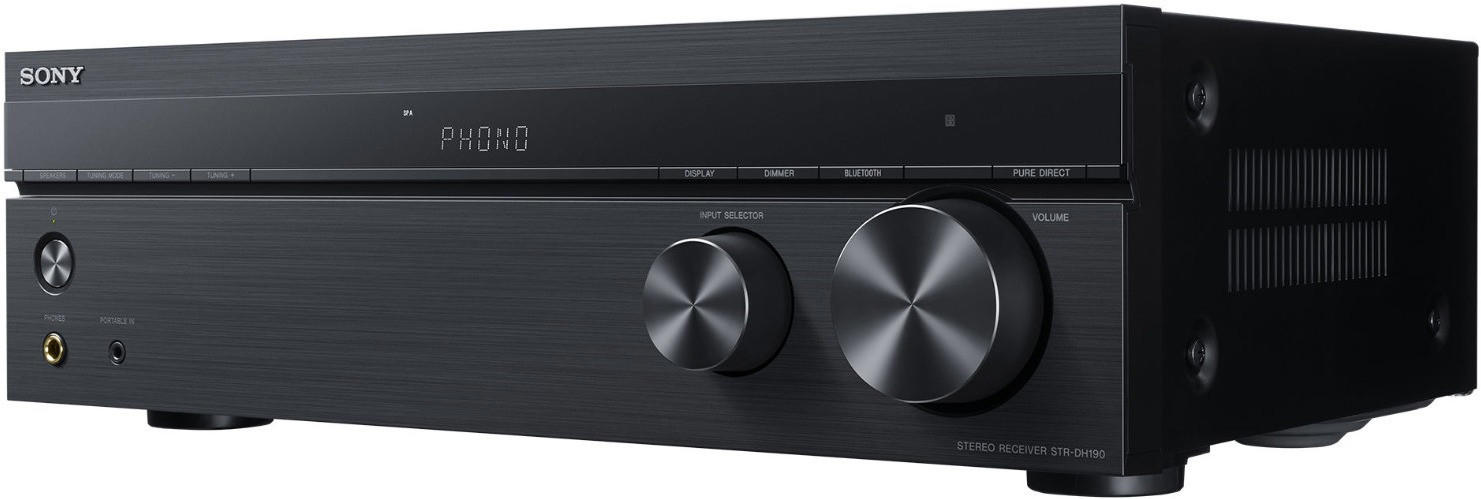
Amplification circuit (Class A, Class AB, Class D)
There are three commonly utilized amplification circuits: Class A, Class AB, and Class D.
Class A amplifiers have a constant bias current flowing through their output transistors, ensuring that the output signal is replicated faithfully. These amplifiers provide exceptionally low distortion and deliver high-quality sound reproduction even at low volumes. An exemplary product in this category is the McIntosh MC275 stereo amplifier, which features a rated power output of 75 watts per channel, signal-to-noise ratio of 105 dB, and a total harmonic distortion of 0.5%.
Class AB amplifiers combine the characteristics of Class A and Class B amplifiers. They use two sets of transistors, one operating in Class A mode (slightly turned on to handle small inputs) and the other working in Class B mode (switching on and off to provide high power output). This design results in improved efficiency compared to Class A amplifiers, while still maintaining satisfactory sound quality. The Marantz PM6006 UK Edition integrated amplifier is a noteworthy example. With a power output of 45 watts per channel, signal-to-noise ratio of 99 dB, and a total harmonic distortion of less than 0.08%, it is acclaimed for its balanced and detailed sound reproduction.
Class D amplifiers, also known as switching amplifiers, use a digital switching technique to rapidly switch the output transistors on and off, creating a pulse-width modulated (PWM) waveform that approximates the input audio signal. This design makes Class D amplifiers highly efficient, generating less heat and prolonging the lifespan of the unit. An outstanding product in this category is the NAD D 3020 V2 digital amplifier, which provides an impressive 40 watts per channel, signal-to-noise ratio of 98 dB, and total harmonic distortion of less than 0.04%. Its compact size and affordability contribute to its popularity as a versatile amplification option.
Tube vs solid-state components
Tube amplifiers, also known as valve amplifiers, are characterized by warm and rich tones with a harmonically-rich sound. Tube amplifiers are often favored by musicians and audiophiles looking for a vintage, raw, and smooth sound. However, tube amplifiers generally require more maintenance and are more fragile compared to solid-state amplifiers. When considering tube amplifiers, popular options to consider include the Fender '65 Deluxe Reverb, known for its classic Fender tube sound, and the Marshall JCM800 2203X, with its iconic Marshall tone.
On the other hand, solid-state amplifiers are known for their reliability, durability, and consistent sound reproduction. Solid-state amplifiers use transistor-based components to amplify the sound and generally produce a cleaner and more precise sound compared to tube amplifiers. Solid-state amplifiers are more suited for musicians and audio enthusiasts looking for a consistent and modern sound. Notable options in the solid-state segment include the Roland JC-120 Jazz Chorus, renowned for its crystal-clear and clean tones, and the BOSS Katana-100 MkII, known for its versatile sonic capabilities.
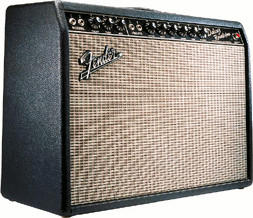
Built-in tuner
A built-in tuner allows you to easily tune your instrument without the need for a separate tuner device. This can be especially convenient for musicians who frequently travel or gig. One example of an amplifier with a built-in tuner is the Fender Champion 20. This compact amplifier features a built-in chromatic tuner, allowing you to quickly and accurately tune your guitar. Another option is the Marshall DSL40CR, which not only has a built-in tuner but also offers a wide range of tonal options with its dual-channel design and flexible control knobs. Overall, amplifiers with built-in tuners provide a seamless and efficient tuning experience, making them a great choice for musicians looking for convenience and versatility in their playing.
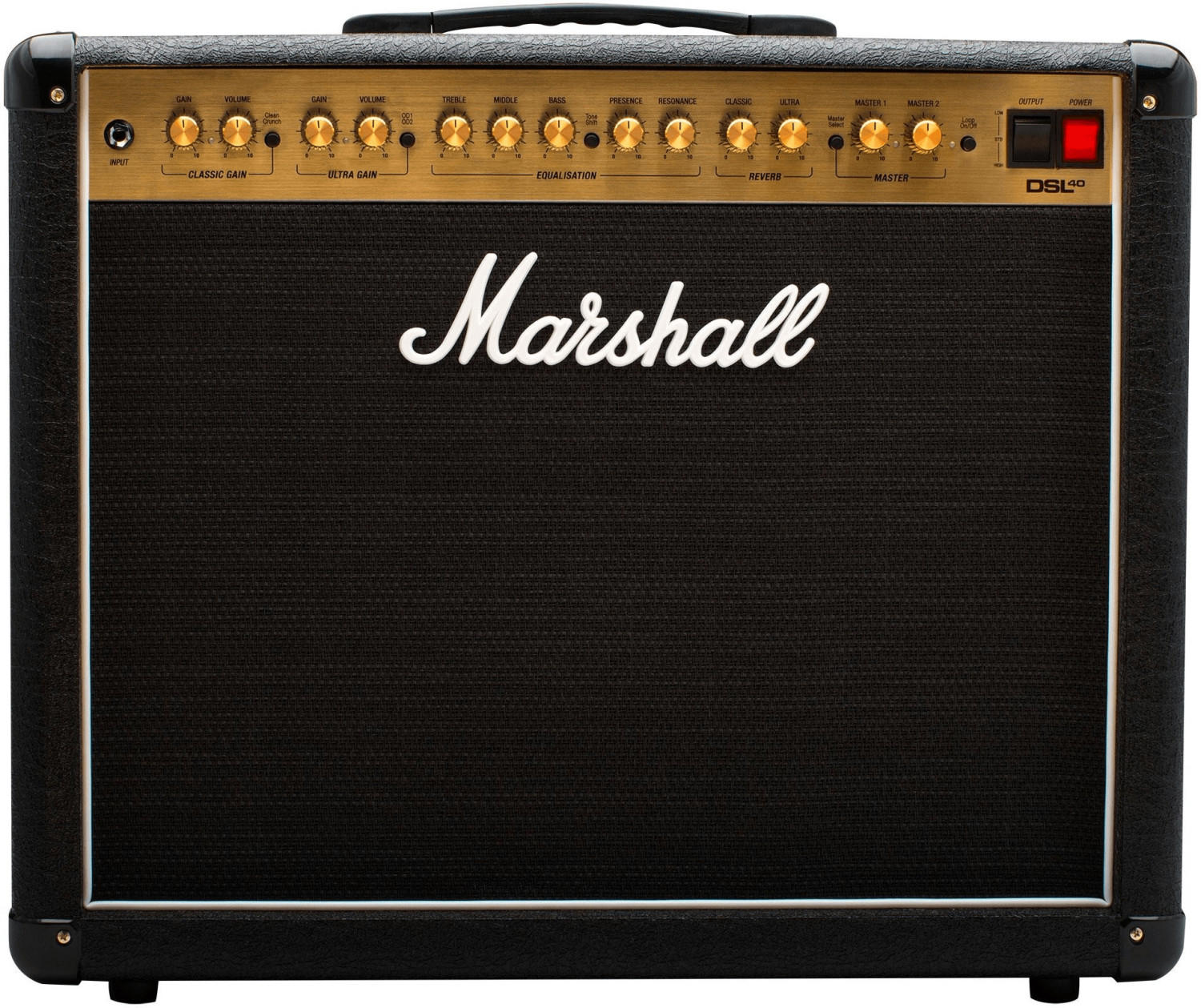
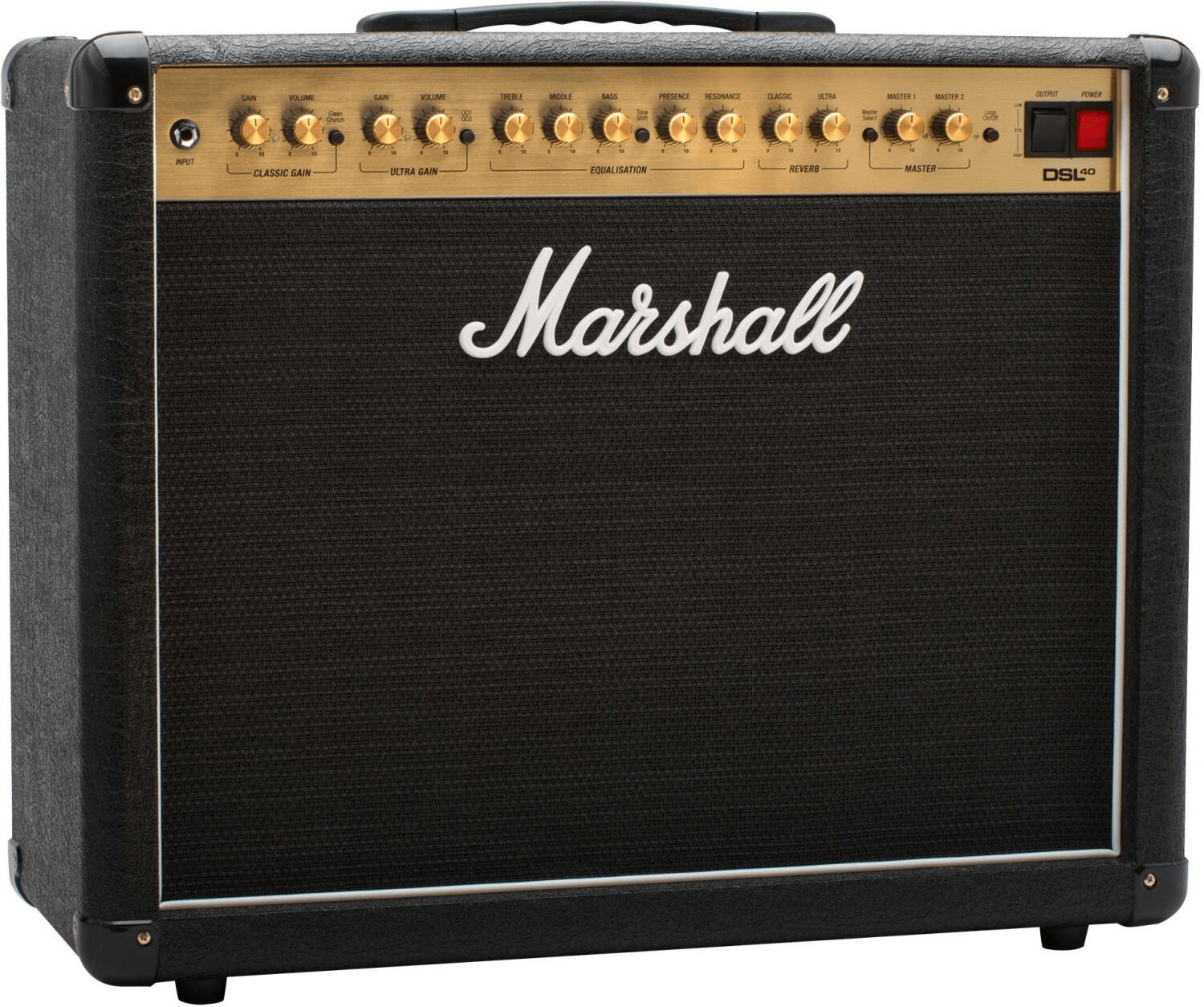
Audio/video input switching
This allows you to connect various audio and video sources to your amplifier, such as Blu-ray players, game consoles, or media streaming devices. When comparing amplifiers, look for models that offer multiple HDMI inputs with HDCP 2.3 compatibility, ensuring seamless connectivity with the latest devices. Additionally, consider amplifiers that support the latest audio and video formats, such as Dolby Atmos and 4K Ultra HD, for an immersive and high-resolution viewing experience. Examples of amplifiers that excel in audio/video input switching and provide top-notch specifications include the Denon AVR-X4700H, Yamaha AVENTAGE RX-A3080, and Sony STR-DN1080.
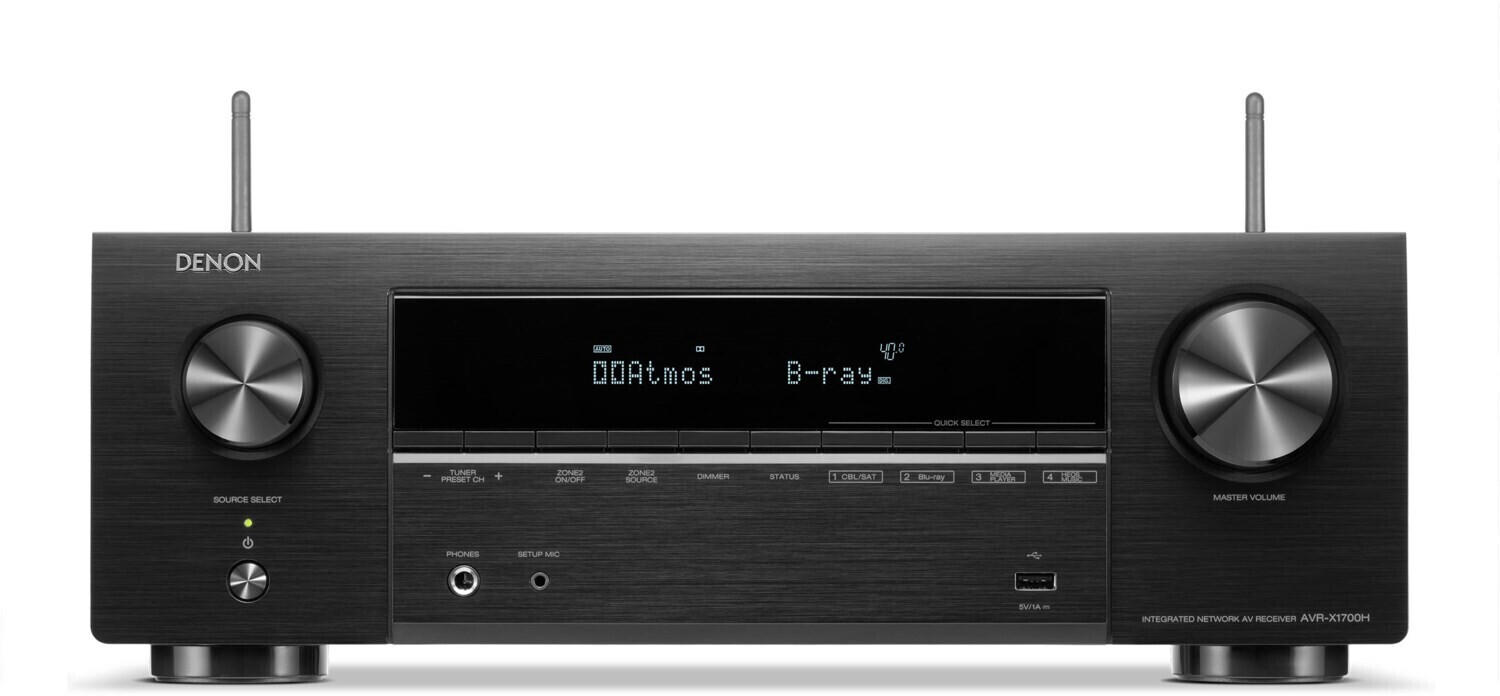

Remote control
Remote control capability allows you to conveniently adjust the volume and other settings from a distance, enhancing your overall listening experience. Popular amplifiers with this feature include the Denon AVR-X4500H, which not only offers a high-power output of 125 watts per channel, but also comes with a user-friendly remote control that allows easy access to the different audio settings and sources. Another excellent option is the Yamaha AVENTAGE RX-A1080, which offers 110 watts per channel and a full-function remote control, providing seamless control over your audio system. Both amplifiers also support multi-zone audio, allowing you to stream music to other rooms in your home.

Surround sound capabilities
This refers to the amplifier's ability to reproduce realistic 3D audio, creating an immersive listening experience. For example, the Denon AVR-S750H is an excellent option with support for Dolby Atmos, DTS:X, and virtual height effects. It features a high-current discrete power amplifier with 75 watts per channel to power each individual speaker for exceptional clarity and depth. Another option is the Yamaha RX-V685, which offers 7.2-channel surround sound, including support for the latest surround sound formats like Dolby Atmos and DTS:X. With its MusicCast and Zone B functionality, this amplifier lets you play different music in multiple rooms simultaneously. These amplifiers exemplify the advanced surround sound capabilities available on the market.
Dolby/DTS compatibility
Dolby and DTS are the most common surround sound technologies used in home theaters and provide immersive audio experiences. An amplifier that supports these formats will allow you to enjoy a wide range of movies and music with high-quality sound. One example of an amplifier that offers Dolby/DTS compatibility is the Denon AVR-S750H. It is a 7.2 channel amplifier that supports both Dolby Atmos and DTS:X, providing a truly cinematic audio experience. Another option is the Yamaha RX-V685BL amplifier, which also supports Dolby Atmos and DTS:X, creating an enveloping soundstage for a theater-like audio experience..ensure the best audio performance in your home theater setup.
Multi-room/multi-zone capability
This feature allows you to connect and control speakers in different rooms or zones of your home, creating a personalized audio experience. One amplifier that excels in this aspect is the Denon AVR-X4700H. With its built-in HEOS technology, this receiver offers multi-room functionality, allowing you to stream music in different rooms simultaneously. It supports up to three zones for audio playback, enabling flexibility and control. Additionally, the Marantz AV7706 is another excellent choice with its 11.2-channel processing capability, making it ideal for multi-room setups. Its advanced multi-zone feature allows you to configure audio and video playback in up to three rooms, providing an immersive and seamless entertainment experience throughout your home.


Type of amp (stereo, mono, integrated)
There are three main types to choose from - stereo, mono, and integrated amplifiers.
Stereo amplifiers, like the Marantz PM6007, are designed to reproduce audio signals in two channels, providing a separate power output for the left and right speaker. This type of amp is ideal for stereo music systems and can offer a rich and immersive listening experience.
On the other hand, mono amplifiers, such as the AudioQuest Storm Series, are built to power a single speaker or subwoofer. These amplifiers are known for their ability to deliver a high amount of power to produce deep bass and outstanding dynamics, making them well-suited for home theater or professional setups.
Integrated amplifiers, like the Yamaha A-S701, combine both a preamplifier and power amplifier into a single unit. They offer convenience and simplicity while providing excellent sound quality, making them a popular choice for those looking for an all-in-one solution. The integrated design eliminates the need for extra cables and components, resulting in a cleaner and neater setup.
Impedance range compatibility
Impedance refers to the measure of opposition a circuit presents to the flow of alternating current. It is crucial for the amplifier and speakers to be matched in terms of impedance range to achieve optimal performance and prevent damage to the components.
For example, if you have speakers with an impedance of 8 ohms, you would want to choose an amplifier that is compatible with that impedance range. The Marantz PM6007 is a highly regarded amplifier that offers an impedance range of 4-16 ohms, making it suitable for a wide variety of speakers. Another option is the Denon AVR-S960H receiver, which supports an impedance range from 4-16 ohms and is equipped with a high-current power supply for enhanced performance and precision drive. By ensuring the compatibility of impedance ranges between your amplifier and speakers, you can achieve a harmonious and powerful audio experience.
Size/form factor
The size of the amplifier is crucial as it should complement your setup and fit into the available space. Some options to consider include mini amplifiers such as the Fosi Audio BT20A that offers a compact design and can easily fit on a desktop or shelf. For those with limited space, a micro amplifier such as the SMSL SA50 is a great choice, featuring a small footprint without compromising on sound quality. If portability is a priority, a portable headphone amplifier like the Audioquest - Dragonfly Red is a fantastic option, offering a sleek and pocket-sized design. Additionally, rack-mountable amplifiers are available for professional audio setups, such as the Crown XLS1502 Two-channel Power Amplifier. Consider your available space and specific requirements when choosing the size/form factor for your amplifier.
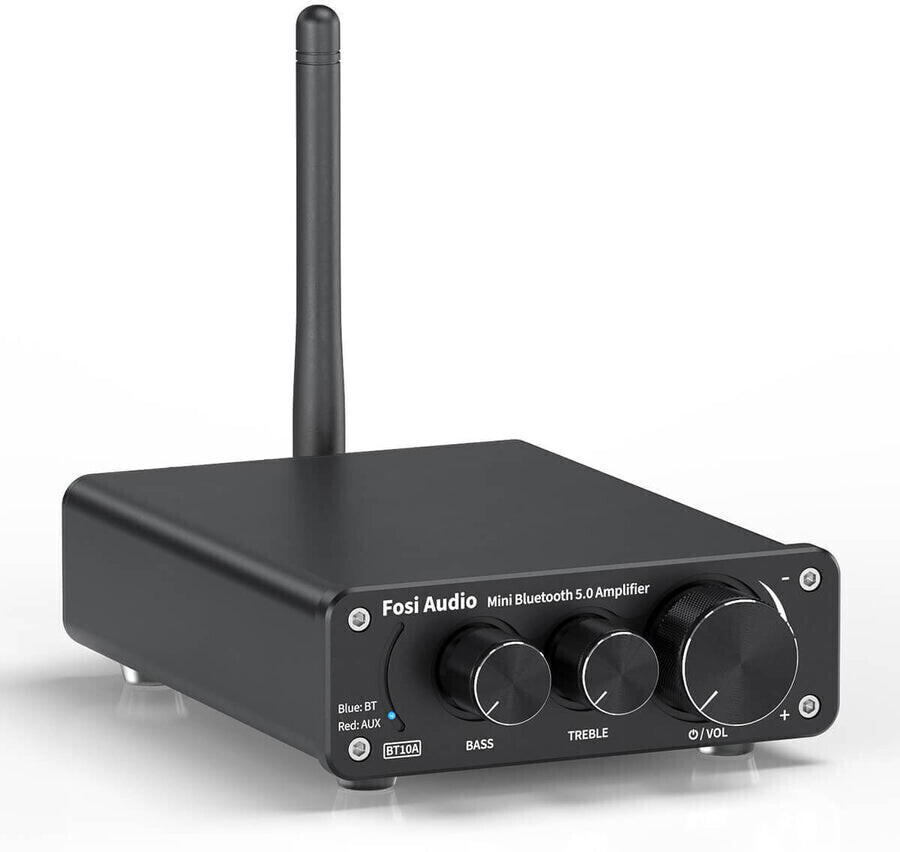


Cooling fan
Many amplifiers generate heat during operation, and a built-in cooling fan can help dissipate that heat and prevent the amplifier from overheating. A cooling fan is designed to maintain the optimum operating temperature for the amplifier, allowing it to perform at its best without any issues.
One example of an amplifier with an excellent cooling fan is the Yamaha A-S301BL Natural Sound Integrated Stereo Amplifier. This amplifier features a highly efficient and whisper-quiet cooling fan that ensures efficient heat dissipation without adding any audible ambient noise. The fan is designed to operate based on the internal temperature of the amplifier, automatically adjusting the fan speed as needed. Another option is the Pioneer Elite SC-LX704 9.2 Channel AV Receiver. This receiver utilizes a 'direct' cooling system with three large fans that provide a steady and controlled airflow to eliminate any chances of overheating. They are specifically located in critical areas within the amplifier to target high heat-generating components for maximum efficiency.

These are just a couple of examples of amplifiers that have cooling fans. It's important to note that there are different types and designs of cooling systems in amplifiers. Some amplifiers may have multiple fans for enhanced heat dissipation, while others may employ advanced thermal management technology to regulate the internal temperature. It is recommended to consider amplifiers with efficient cooling fans to ensure prolonged and reliable performance.
THX certification
The THX certification ensures that the amplifier meets certain high-quality standards set by THX Ltd., a company founded by famous filmmaker George Lucas. This certification guarantees that the amplifier can deliver accurate and immersive audio reproduction, creating a truly cinematic experience in your home theater system.
Some examples of amplifiers that boast THX certification include the Onkyo TX-NR686 and the Marantz SR8012. The Onkyo TX-NR686 offers 8 HDMI input ports, supports 4K video transmission, and features Dolby Atmos and DTS:X for three-dimensional audio. It also includes AccuEQ room calibration technology to optimize your audio setup. The Marantz SR8012, on the other hand, includes 11.2 channel processing, supports advanced surround sound formats like Dolby Vision and Atmos, and features a powerful built-in HEOS technology for multi-room wireless audio streaming.
In summary, when searching for amplifiers, considering those with THX certification ensures that you will have a high-quality, immersive audio experience. The Onkyo TX-NR686 and the Marantz SR8012 are just a couple of examples that offer THX certification and provide an array of features for your home theater needs.
Digital signal processing (DSP)
DSP allows for advanced digital signal manipulation, providing better audio quality, enhanced sound effects, and the flexibility to tailor the audio output to personal preferences.
One example of an amplifier with impressive DSP capabilities is the Yamaha RX-A2080 9.2 Channel AV Receiver. Featuring Yamaha's renowned MusicCast technology, it allows for easy wireless audio streaming throughout the home, while the advanced Cinema DSP 3D processing recreates immersive surround sound experiences. Additionally, it supports Dolby Atmos and DTS:X for an even more realistic soundstage.
Another option to consider is the Marantz SR8015 11.2 Channel 8K AV Receiver. This powerful amplifier is equipped with a sophisticated AKM 32-bit digital-to-analog converter for superior audio quality. Its advanced Audyssey MultEQ XT32 room calibration technology precisely adjusts the sound for optimal listening in any room. With its built-in HEOS technology, it enables seamless music streaming from popular services such as Spotify and Tidal.
Headphone output
Firstly, it's important to look at the power output, expressed in terms of voltage or milliwatts (mW). A higher power output generally provides better dynamics and allows your headphones to handle more demanding audio tracks. Audioengine D1 24-Bit DAC Headphone Amplifier is a highly recommended option, offering a robust 130mW power output.
Another important aspect to consider is impedance matching. Different headphones have different impedance ratings, and it's crucial to find an amplifier that can drive your headphones effectively. For instance, low impedance headphones (less than 50 ohms) are more efficient but can benefit from amplifiers like JDS Labs Objective2 Headphone Amplifier for improved audio fidelity. On the other hand, high impedance headphones (more than 250 ohms) require more power and compatibility with amplifiers like the renowned Sennheiser HDV 820 D/A Converter & Headphone Amplifier to fully unleash their potential.

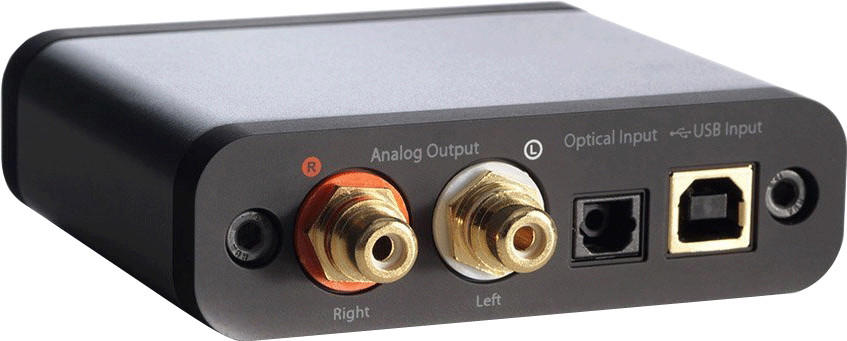
Ultimately, the choice of amplifier with the right headphone output depends on your specific headphones and audio preferences. Overall, it's recommended to match the power output and impedance rating of your headphones to ensure optimal audio performance.
USB charging port
This allows you to conveniently charge your devices without the need for additional wall chargers or adapters. For example, the Yamaha R-N303BL Stereo Receiver offers a built-in USB port that supports 5V/1A output, providing a fast and efficient charging solution for your smartphones or tablets. Another excellent option is the Marantz NR1711 7.2-Channel Slim AV Receiver which features a front-panel USB port capable of delivering 5V/1A output, allowing you to charge your devices while enjoying high-quality audio. It's important to note that some amplifiers may include multiple USB ports or even support higher charging currents, making them more versatile for charging multiple devices simultaneously or charging power-hungry devices such as iPads or laptops.
Wired vs wireless connectivity
Amplifiers can either have wired or wireless connectivity. Wired connectivity ensures a stable and reliable connection, providing optimal audio quality with no interference. Examples of amplifiers with wired connectivity include the Yamaha A-S301BL and the Marantz PM6006.
On the other hand, wireless connectivity offers convenience and flexibility, allowing you to easily connect your amplifier to various devices without the need for cables. The NAD D 3020 V2 and the Cambridge Audio AXA35 are excellent amplifiers with built-in Bluetooth connectivity, enabling you to effortlessly stream music from your smartphone or other Bluetooth-enabled devices. It's important to note that when opting for wireless connectivity, keep an eye out for specifications such as Bluetooth version (e.g., Bluetooth 5.0) for faster and more reliable wireless transmission.



Bluetooth version
When choosing the best and right amplifier, one crucial factor to consider is the Bluetooth version. The Bluetooth version determines the speed, range, and audio quality of the wireless connection between your audio source and the amplifier. It is recommended to go for amplifiers that support the latest Bluetooth version available to ensure optimal performance.
In the market, amplifiers can be grouped into three segments based on the Bluetooth version: Bluetooth 4.2, Bluetooth 5.0, and Bluetooth 5.2. For Bluetooth 4.2, the Fosi Audio BT20A is an excellent option. It supports Bluetooth 4.2, provides a range of up to 39 feet, and delivers high-quality audio with a signal-to-noise ratio (SNR) of 98dB.
For those seeking Bluetooth 5.0, consider the NAD D 3045 Hybrid Digital DAC Amplifier. This amplifier not only supports Bluetooth 5.0 with Extended Range, enabling a wireless range of up to 200 meters, but it also features a high-performance DAC (Digital-to-Analog Converter) for superior audio decoding and sound reproduction.
In the Bluetooth 5.2 segment, the Yamaha A-S3200 Integrated Amplifier stands out. This amplifier not only supports Bluetooth 5.2 for faster, more stable, and higher-fidelity wireless audio transmission but also incorporates advanced features such as LDAC (High-Resolution Wireless Audio Codec) and aptX HD for superior audio quality. Additionally, it supports multiple Bluetooth connections simultaneously – a notable advantage for multi-room audio setups.
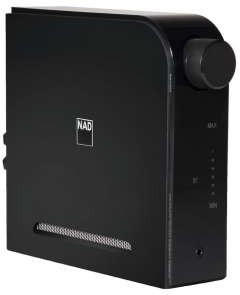
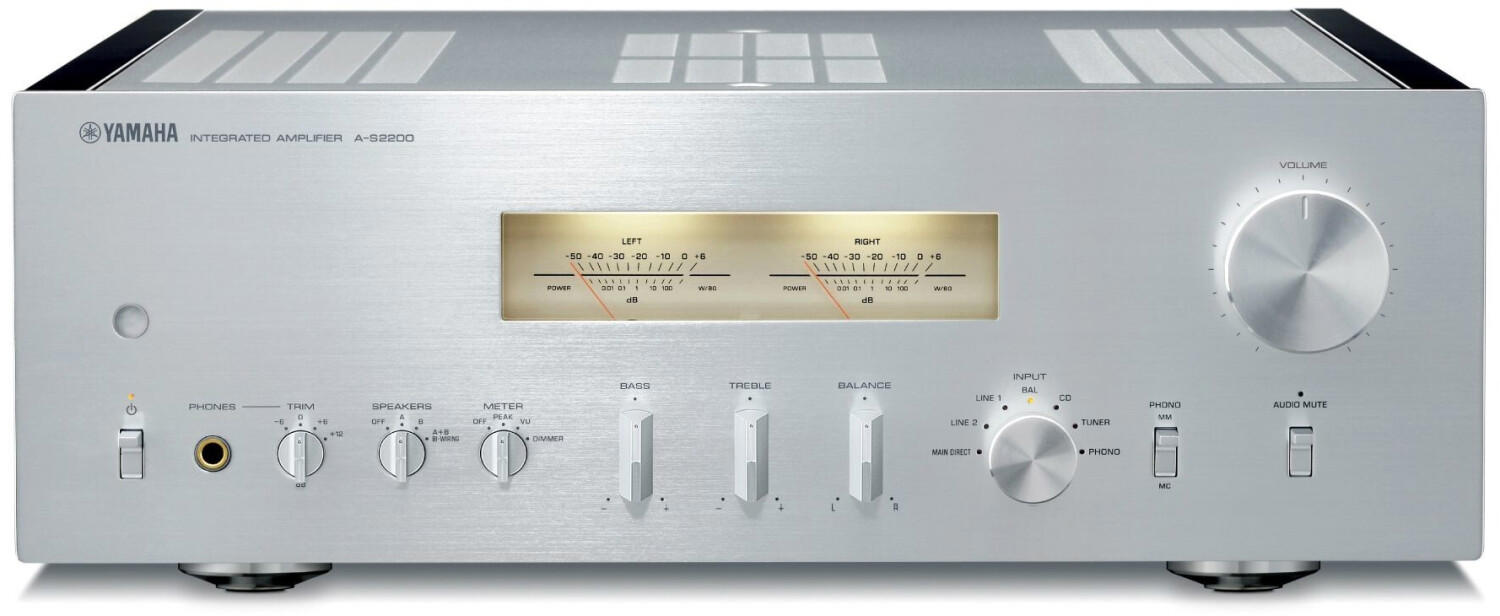
NFC pairing
NFC (Near Field Communication) allows for easy and quick pairing of your amplifier with other NFC-enabled devices, such as smartphones or tablets, simply by placing them in close proximity to each other. This eliminates the need for complex setup processes and allows for seamless connection.
For those interested in amplifiers with NFC pairing capabilities, some exceptional options to consider include the Bose SoundTouch SA-5 Amplifier and the Sony STR-DN1080 7.2-Channel Home Theater Receiver. These amplifiers offer NFC pairing, ensuring hassle-free setup with your NFC-enabled devices. Additionally, the Bose SoundTouch SA-5 Amplifier is designed for wireless music streaming and offers built-in Wi-Fi and Bluetooth connectivity, providing further convenience and flexibility. On the other hand, the Sony STR-DN1080 7.2-Channel Home Theater Receiver boasts an impressive 100 watts per channel, delivering powerful and immersive audio in your home theater setup.
Voice control compatibility
This feature allows users to effortlessly control their amplifiers using voice commands, providing a seamless and convenient experience. Examples of amplifiers with voice control compatibility include the Denon AVR-X4700H and the Yamaha RX-V6A.
The Denon AVR-X4700H is a high-end amplifier that supports voice control through popular platforms such as Amazon Alexa, Google Assistant, and Apple Siri. With its powerful 9-channel amplification, it offers an immersive surround sound experience. Additionally, it features advanced technologies like Dolby Atmos and DTS:X for a truly premium audio performance.
On the other hand, the Yamaha RX-V6A is a mid-range amplifier that also supports voice control through Amazon Alexa and Google Assistant. It offers 7-channel amplification and supports the latest HDMI technologies like 8K and 4K/120Hz pass-through. The amplifier's sophisticated design and high-quality components ensure clear and detailed sound reproduction.


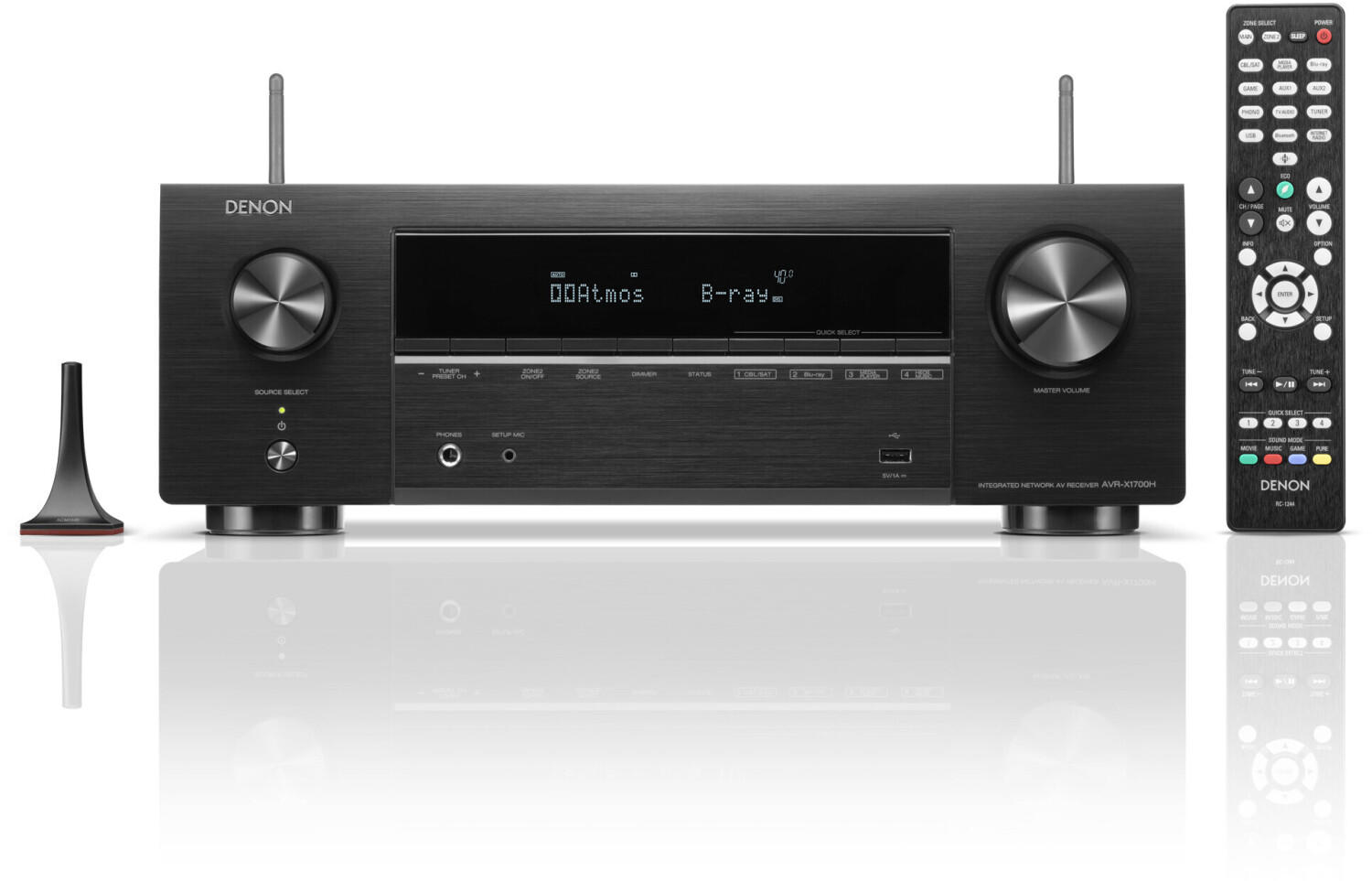
When looking for amplifiers with voice control compatibility, options like the Denon AVR-X4700H and the Yamaha RX-V6A can provide an excellent audio experience while enabling easy control through voice commands.



App control availability
This allows you to control and customize your amplifier settings right from your smartphone or tablet. One example of an amplifier with App control is the Yamaha R-N303, which is equipped with MusicCast technology that allows you to control all your music and streaming services easily through the MusicCast app. Another option is the Marantz NA6006, which offers app control through the HEOS app, giving you full access to all the audio sources and controls. Additionally, the Denon AVR-S960H is compatible with the Denon AVR Remote app, allowing you to adjust settings and playback from your phone. These amplifiers provide the convenience and flexibility of App control, enhancing your overall audio experience.
Digital/analog conversion quality
This refers to how effectively the amplifier converts digital signals into analog form for clearer and more accurate sound reproduction. To ensure top-notch conversion quality, you may want to consider products from reputable brands known for their superior audio technology. For example, the Yamaha A-S301BL Natural Sound Integrated Stereo Amplifier boasts a high-quality Digital to Analog Converter (DAC) with a signal-to-noise ratio (SNR) of 96dB, ensuring exceptional clarity and resolution. Another option is the Denon PMA-600NE Stereo Integrated Amplifier, which features a high-resolution DAC and the AL32 processing technology for even greater precision in audio reproduction. These products cater to audiophiles who value uncompromising digital/analog conversion quality in their amplifiers.



Customization options/preferences
Some amplifiers offer a range of equalization settings, allowing you to customize the sound to your liking. One example of such an amplifier is the Marshall DSL40CR, which features separate volume and gain controls for the classic clean and overdriven tones. It also provides a resonance and presence control for shaping the low-end response and high-end clarity.
Additionally, some amplifiers offer built-in effects and technology that allow for further customization. The Fender Mustang GT 40 is a versatile amplifier that provides a wide range of amp models and onboard effects, including reverb, delay, and modulation. Its Wi-Fi capabilities also allow for integration with the Fender Tone app, where you can access and download additional amp models and effects.
Other amplifiers, such as the Boss Katana 50 MkII, offer extensive onboard features for customization, including a wide range of amp types, customizable effects, and even the ability to adjust the character and bias of the amplifier to replicate the sound and response of various tube amps. Its Power Control function also allows you to choose between full power and lower wattages for different performance environments.


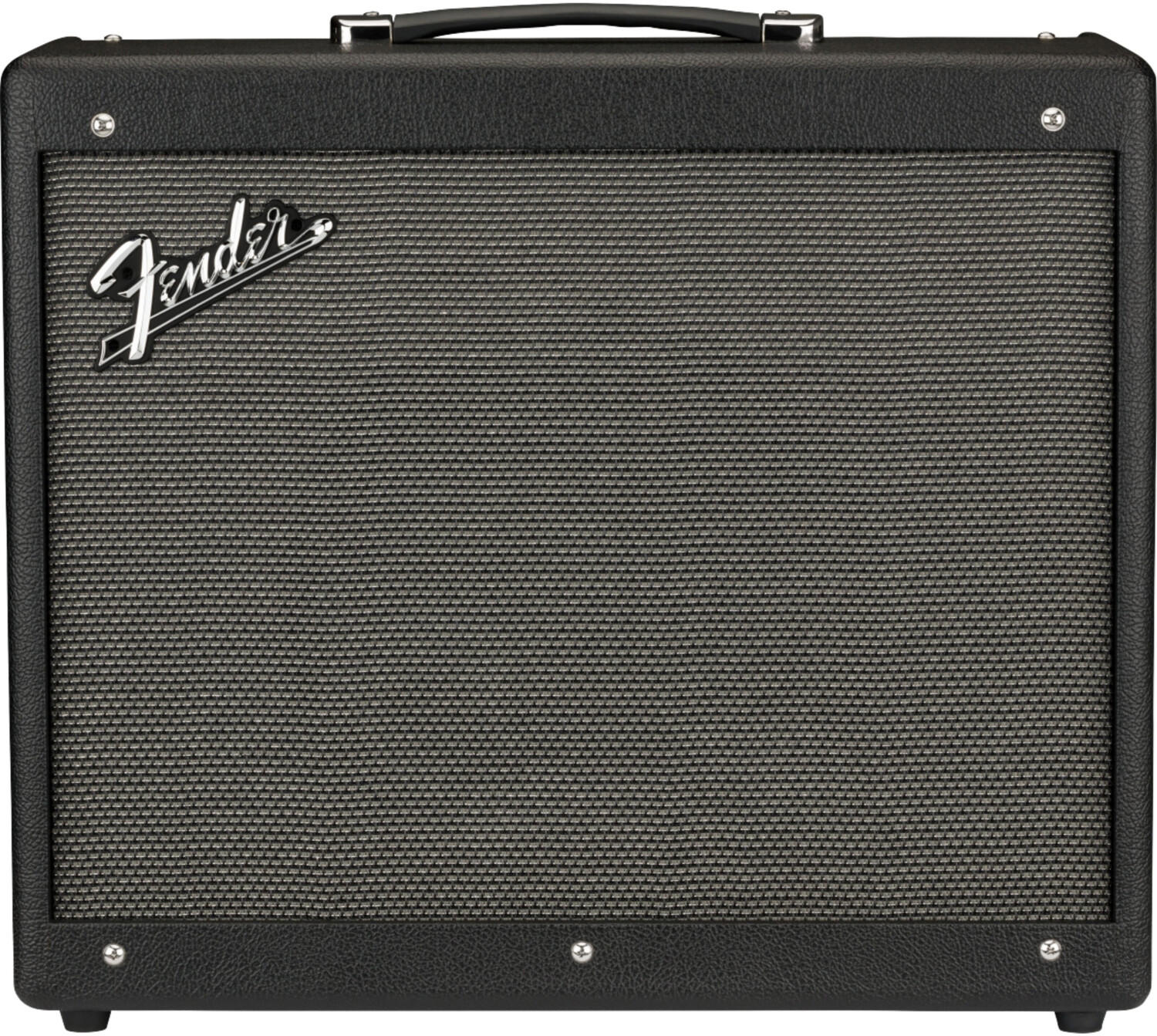
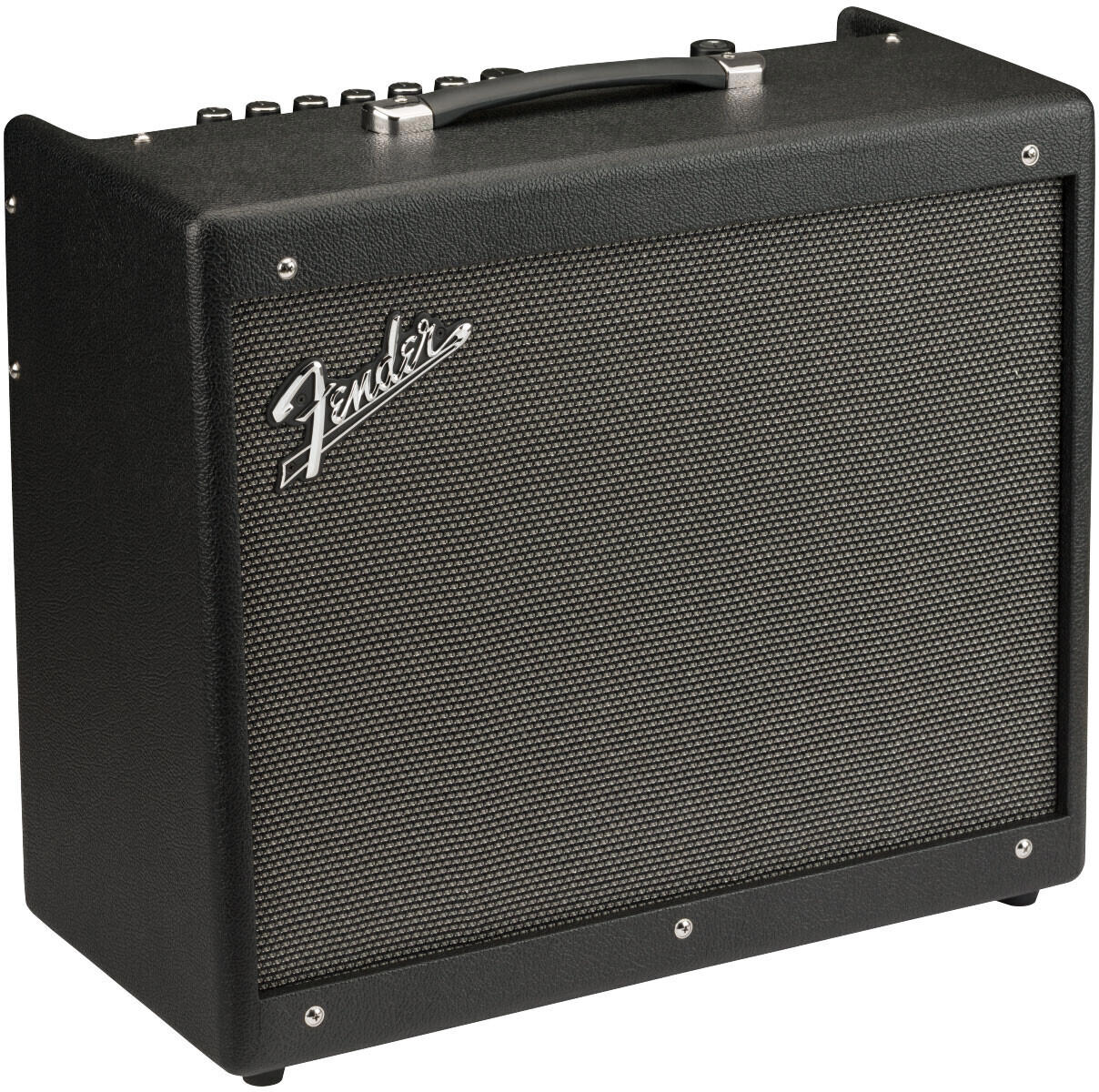
Considering customization options and preferences is crucial when selecting the best amplifier, as it ensures that you get the specific sound and features that you desire.
Price
Amplifiers come in various price ranges, so it's essential to find one that fits within your budget without compromising on quality. In the entry-level segment, the Yamaha R-S202BL Stereo Receiver is an excellent choice. Priced at under $200, it offers robust sound with 100 watts per channel and Bluetooth connectivity. Moving up to the mid-range segment, the Pioneer Elite A-20 Integrated Amplifier offers exceptional performance at around $300. It boasts 50 watts per channel, a hi-res audio support, and a specialized Direct Energy Design. In the higher price bracket, the Marantz PM8006 Integrated Amplifier stands out, priced at around $1000. This amplifier offers 70 watts per channel, a superb signal-to-noise ratio, and advanced Current Feedback Amplification technology. Ultimately, your selection will come down to your budget and the specific features you desire.
Variety of brands
Each brand brings its own set of pros and cons to the table, which is worth considering before making your decision.
One popular brand that stands out is Bose. Known for their high-quality sound and sleek design, Bose amplifiers are often praised for their excellent performance and reliability. For example, the Bose Lifestyle 650 Home Entertainment System offers seamless integration with various audio devices and promises immersive surround sound experience.
On the other hand, Yamaha is another reputable brand that offers a wide range of amplifiers catering to different needs. Yamaha amplifiers are known for their versatility, durability, and excellent value for money. The Yamaha A-S501 Integrated Amplifier is a good example of their products, boasting a powerful 85 watts per channel output and a phono input for vinyl lovers.
Lastly, Denon is a brand that is known for its exceptional audio quality, rich feature sets, and user-friendliness. Their amplifiers often come with advanced connectivity options and innovative technologies. The Denon AVR-X4500H 9.2 Channel 4K AV Receiver is a top-notch choice with its support for Dolby Atmos, DTS:X, and offering up to 125 watts per channel.


Remember that these are just a few examples, and each brand excels in certain areas. It is important to do thorough research on specific models and compare their features and specifications to find the right match for your needs.